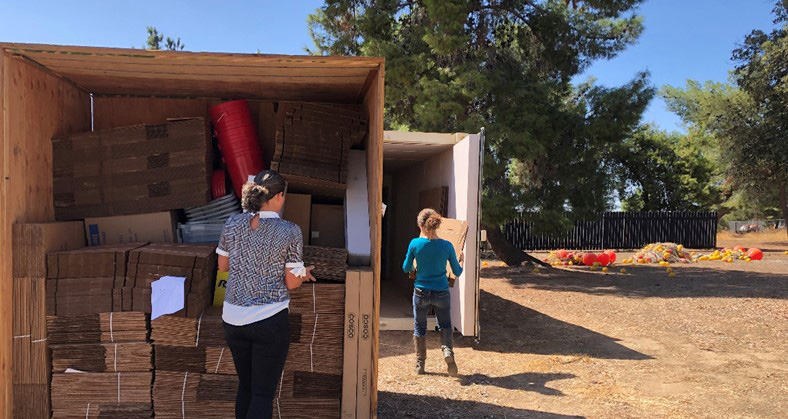Direct impacts
Utilizing existing scholarship such as the ICOMOS report "The Future of Our Pasts", and the gap analysis, an increased awareness of the important values of cultural heritage throughout the state was gained. Agencies began to look for opportunities to talk to California Tribes about cultural matters important to their existence, to communities about values of celebration, place, traditions that are critical to their well-being. They were also able to identify ways to incorporate these values and goals into existing projects with little or no additional funding. Future projects are beginning with cultural heritage goals alongside the environmental goals for which each agency is mission tasked.
Collaboration with international partners via the Climate Heritage Network further increase knowledge for cultural heritage to play a key role in climate action solutions. Coordinated efforts to test frameworks in different global regions to create useful toolkits are underway. Every effort includes people, their voices, to breakdown existing frameworks and build back those that are equitable, just, inclusive and sustainable.
Assessment
The Gap Analysis is one mechanism for evaluating the existing policy and programming of climate action within the state.
Public input opportunities are currently underway. Information, ideas, goals from California Tribes, communities, non-governmental partners, local governments will be a key part of future recommendations.
A progress report detailing the achievements of the Task Force to date, webinars, pilot projects, frameworks created, along with policy recommendations, is slated for completion in September of 2022. This will also include a path for the Task Force’s future efforts.
Key factors
The pivot during COVID led to the Gap Analysis conducted by the Task Force as a way to understand current climate ambitions in the state and investigate the intersection of cultural heritage and climate ambition A second key aspect is to identify frameworks as new state ambition were being created, such as the
Natural and Working Lands 30X30 and the
California Adaptation Strategy.
Because of its place within state government, the Task Force is positioned to continue its work as long as climate ambition continues. California has committed to increased climate action funding over the past three years, including in the current budget. This, coupled with the progress report, continuing engagement, and future plans for increasing the integration of cultural heritage and climate action, progress is slated to continue.





